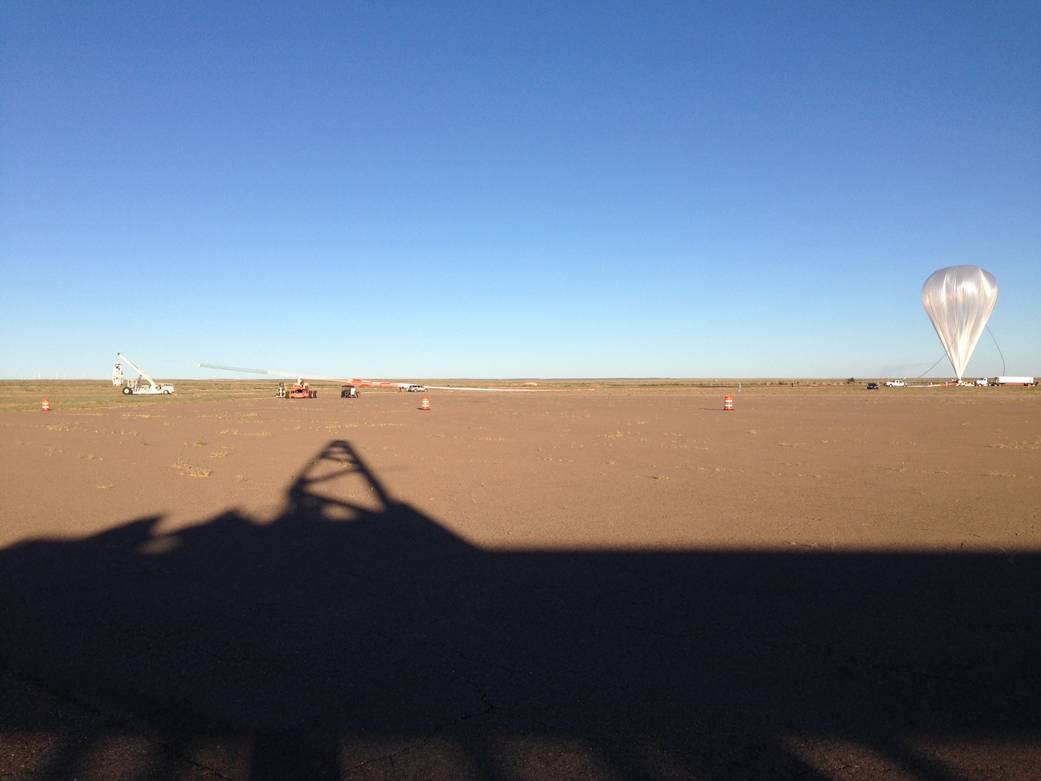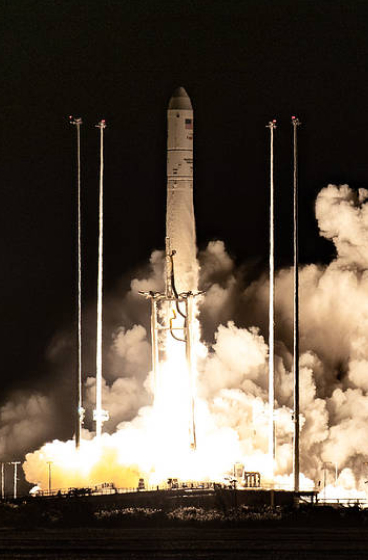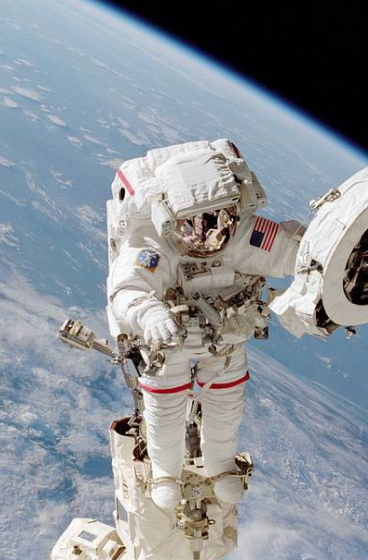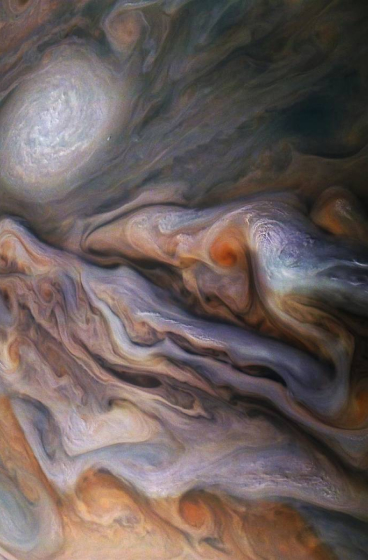FORT SUMNER, N.M. – The Balloon Rapid Response for ISON (BRRISON) payload lifted off at 8:10 p.m. EDT from Ft. Sumner, N.M., on a mission that primarily includes the sun-grazing Comet ISON as one of its observation targets.
Following an uncommon evening launch from Ft. Sumner, BRRISON will observe the comet for up to six hours using infrared and near ultraviolet/visible imaging systems while suspended from a NASA scientific balloon about 127,000 feet above the Earth.
“There are so many firsts when it comes to BRRISON,” said Andrew Cheng, BRRISON principal investigator, Johns Hopkins University Applied Physics Laboratory. “This is the first time we’ve been able to deploy this level of technology to study an Oort Cloud comet of this type, and we’re doing it from a scientific balloon. The data from BRRISON’s instruments should give us an unparalleled look into what frozen volatiles exist in Comet ISON – materials preserved from the formation of the solar system some 4 billion years ago, such as water and carbon dioxide. We hope to address some of the big questions we have about how planets were formed and how life may have evolved on them.”
Along with the comet, BRRISON will also study numerous other celestial objects during its flight.
You can follow the BRRISON flight at:
http://towerfts.csbf.nasa.gov/Maps/ConvGps646N.htm
John Hopkins University’s Applied Physics Lab, Laurel, Md., designed and built BRRISON for NASA with support from the Southwest Research Institute in Boulder, Colo. NASA’s Glenn Research Center in Ohio managed the project. The payload is the first balloon mission sponsored by NASA’s Planetary Science Division in the Science Mission Directorate at NASA Headquarters. The Columbia Scientific Balloon Facility, Palestine, Texas, and the Scientific Balloon Program Office at NASA’s Wallops Flight Facility, Va., also supported the mission.
For more information on NASA’s study of Comet ISON, see: https://www.nasa.gov/ison.































